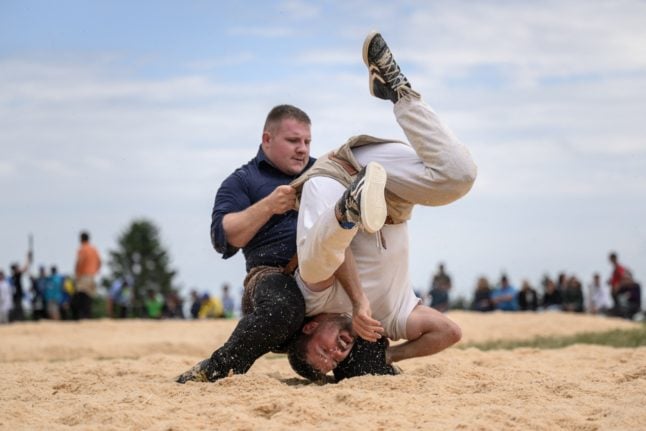The 36-year-old Federer said he needs to be prudent about how many tournaments he plays in a season.
“I'm so disappointed not to play at the Rogers Cup this summer,” said world number two Federer. “I had a fantastic time in Montreal last year and always enjoy playing in front of the Canadian fans.
“But unfortunately with scheduling being the key to my longevity moving forward, I have regrettably decided to withdraw from Toronto this year.” Jeremy Chardy of France will take Federer's place in the main draw.
Organizers said the event, which takes place August 4-12 at Toronto's York University, will feature 19 of the top 20 players in the world including reigning Wimbledon champion Novak Djokovic and world number one Rafael Nadal.
“It's unfortunate that we won't have Roger in Toronto this summer,” said tournament spokesman Karl Hale.
Rafael Nadal remains top of the ATP tennis world rankings with the 32-year-old 17-time Grand Slam winner enjoying a comfortable margin over his eternal rival Roger Federer.
Serb Novak Djokovic is in 10th position, after turning round from a long slump as a swathe of American tournaments swing into view ahead of the US Open starting late August.
ATP standings at July 23:
1. Rafael Nadal (ESP) 9,310 pts
2. Roger Federer (SUI) 7,080
3. Alexander Zverev (GER) 5,665
4. Juan Martin Del Potro (ARG) 5,395
5. Kevin Anderson (RSA) 4,655
6. Grigor Dimitrov (BUL) 4,610
7. Marin Cilic (CRO) 3,905
8. Dominic Thiem (AUT) 3,665 (+1)
9. John Isner (USA) 3,490 (-1)
10. Novak Djokovic (SRB) 3,355



 Please whitelist us to continue reading.
Please whitelist us to continue reading.